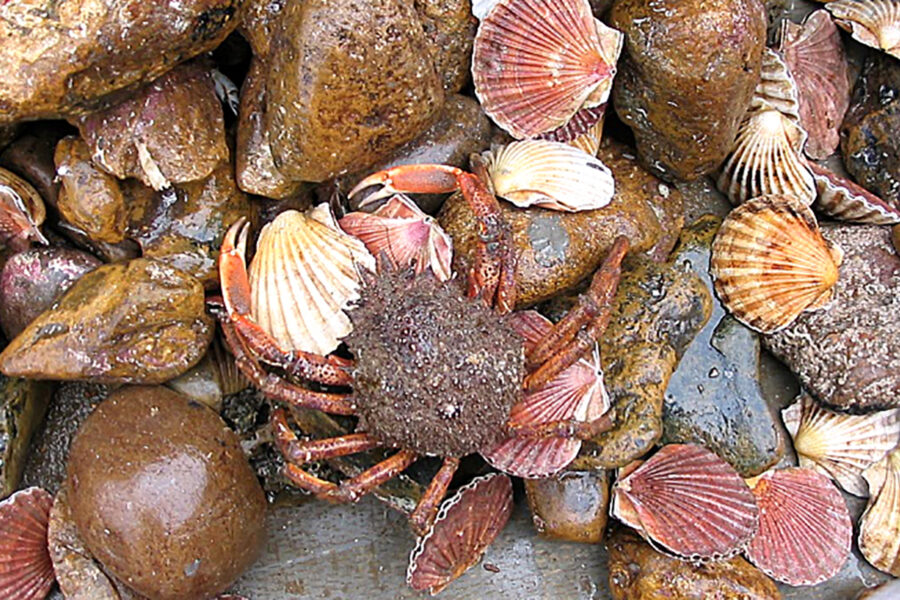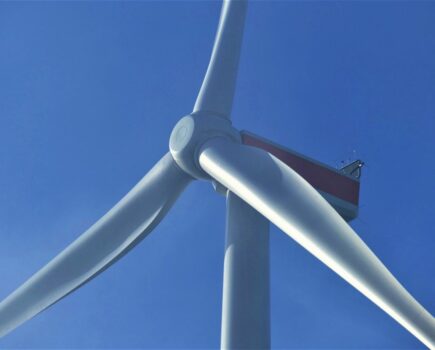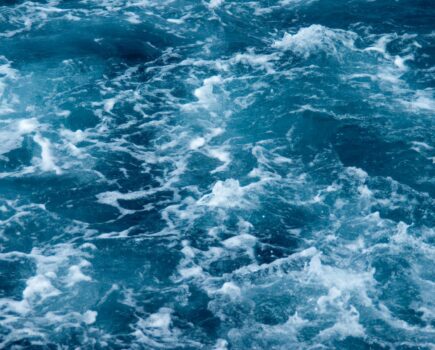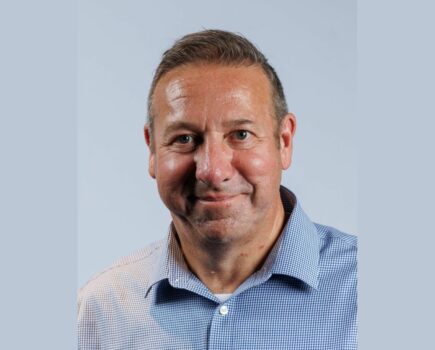‘Ground-breaking’ work is being carried out in the English Channel, that aims to give much more accurate assessments of king scallop stocks, reports Tim Oliver.
It involves using underwater video filming including areas that cannot be fished by scallop dredgers, either because conditions are unsuitable or because dredging is banned.
King scallops are the most valuable wild capture species in English waters – the value of the catch in English waters by UK vessels in 2016 was around £17m. But there is insufficient data to properly assess the stocks, which the new project will aim to correct.
CEFAS scientists and scallop fishermen and processors are working closely together, designing, testing and refining data collection methods to fill the data gap. The project will ultimately inform a long-term strategy for data collection. When conducted every year, it will enable regular stock assessments to assist scallop stocks management and provide economic and social stability for the sector.
Priority work for 2017 is the main English fisheries in the English Channel and Celtic Sea, but if funding is available, the scheme will be expanded to include other fisheries in the North Sea and Irish Sea. CEFAS carried out a survey in the Western Channel in February this year, and a survey is due in the Eastern Channel in October, working with local IFCAs and fishermen.
A project steering board overseeing the project is chaired by Hazel Curtis, Seafish chief economist, and includes the catching and processing sectors, CEFAS, DEFRA, and the MMO.
As part of the overall project, the South Western FPO is working with Devon and Severn IFCA and CEFAS using underwater filming in the Lyme Bay SI area (see box below).
SWFPO chief executive Jim Portus is also chairman of the Scallop Industry Consultative Group and the vice-chairman of, and industry spokesman for, the project steering board. He told Fishing News: “The purpose behind the project is to fill in data gaps that have existed for far too long.
“Conditions need to be right for the surveys. Tides must be moderate and coincide with a fine weather period, so the sediment is settled, to ensure clear water for filming. This is ground-breaking science, and we hope the results will be what we want them to be.
“Science has a habit of smacking you in the face, but we’re willing to invest in it and, fingers crossed, we’ll get the desired results, and underwater filming of the scallop stocks will be a useful technique in the future.”
Brixham workshop
The project arose from a very successful workshop held in Brixham, where one of the speakers was a leading US marine scientist, Kevin Stokesbury. One outcome was the need to survey scallop stocks in areas that are inaccessible to scallop dredgers for one reason or another. This can be done using underwater filming of the scallops.
“We need to know the size of the stocks overall, not just in the areas fished by scallop dredgers,” said Jim Portus.
“The idea behind stock assessment is to know the size of the breeding population overall, rather than just the part that is harvested by commercial fishermen.
“If you based your assessment on what they catch seasonally, you’d be missing out on the scallop population that is feeding into the stock from other areas where the dredgers can’t fish.
“Scallops in their planktonic phase are carried by currents to other areas and can move considerable distances to areas that can then form part of the commercial stock.
“If you wait until they are adult and being harvested, your assumption is that they have been born and grown and died in the same area. It’s like painting with numbers – you only get the picture when all the pixels are filled in.”
Jim Portus said they were hoping for a ‘decent assessment’ of the Channel stocks by the end of 2019. Despite the value of the scallop fishery, he said data on the stocks had been poor in the past. It is one of the least assessed and studied stocks, even though the adult scallops do not move much.
“Compared to fish like mackerel, that move about extensively, we ought to know a lot more than we do,” he said.
One of the dangers of inadequate stocks knowledge is that fishermen do not know what a safe level of exploitation is. There is a risk of over-exploitation if fishermen are getting good catches and assume stocks are therefore healthy.
“Stock assessment was once explained to me as ‘like walking backwards, blindfolded, towards a precipice that is an unknown distance away – it could be 100 yards or 100 miles away. You have to trust to luck that you’re safe’. But if you can improve the knowledge of where the precipice is you can approach with a lot more caution and certainty.
“We don’t want fishermen to throw caution to the winds on the assumption that stocks are a lot healthier than they are.”
Logbooks
Jim Portus said that project is also urging all skippers of scallop dredgers to write personal logbooks, giving details of environmental conditions such as sea state, wind strength and direction, and tides, and submit them to CEFAS. This will help scientists to factor-in the environmental conditions affecting catches and to use this information in the stock assessments.
For example, if a vessel caught 20 bags one day and only 15 the next on similar grounds it might be because the environmental conditions were different, rather than because of stock depletion.
If all skippers record the environmental conditions and submit them to CEFAS, scientists will be able to build up a data base that will enable them to take this into account and make more accurate stock assessments.
“We’re in the process of applying for funding for the next two years. The industry has committed to ensuring that funding will be available even if we don’t get EMFF funding. It will be tailored according to what the industry is willing to contribute.”
He said DEFRA and CEFAS are part-funding the project, and the industry will part-fund it. The project hopes EMMF funding will also become available. “If EMFF funding isn’t available then what we get out of the project will be what we’re prepared to put in,” he concluded.
Read more from Fishing News here.








